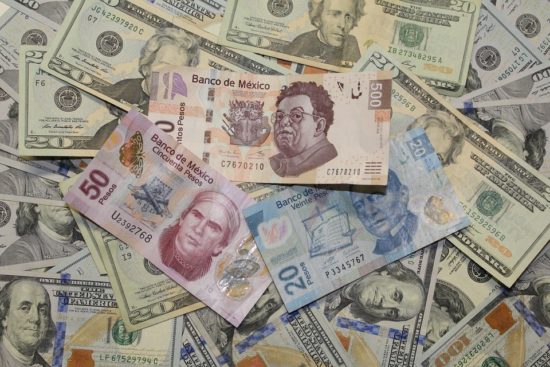López Obrador, a populist president whose archaic and inoperative mentality, frequently attacks and condemns people who have money and constantly makes poverty, mediocrity, and laziness an apology, which is not surprising in someone who in his entire life has worked. AMLO has said that to be considered “well-off,” one must have a fortune of more than “500 million dollars,” which in pesos is more than 8 billion.
INEGI Statistics
In Mexico, the system of socioeconomic levels is divided into A/B, C+, C, D+, and D/E, which translates to levels of social class determined as upper class, middle class, lower class, and poverty.
According to the research “Quantifying the Middle Class in Mexico,” – published in November 2021 – Mexico has a population of 126 million 760 thousand people, of which only one million 23 thousand are “upper class” and 47 million 201 thousand are “middle class.”
Thirty-eight percent of the Mexican population belongs to the “middle” and “upper” classes. In comparison, 62 percent is classified as “lower class,” revealed a study published by the National Institute of Statistics and Geography (INEGI).
How much does the “upper class” earn in Mexico?
The study considered “upper-class” people living in a household with an average income above 77 thousand pesos. That is the total income of all members of a family. This includes families where only one person works and earns more than 77,000 pesos per month and families where two or more people work and etogether bring more than the amount mentioned.
Households where four people work – each earning more than 20,000 pesos – are also considered “upper class.”
Most “upper-class” people live mainly in Mexico City, Nuevo León, Colima, Querétaro, and now, Merida Yucatán. They are, on average, 40 years old, and their nuclear family consists of 3 members. The upper class spends the most on food, beverages, and tobacco outside the home.
How much does the “middle class” earn in Mexico?
The study considered “middle-class” people living in a household with an average income of 18 to 22 thousand pesos. As with the “upper class,” the study includes the income of all family members. Thus, if three people in a family earn the minimum wage (but live in the same household), they are considered “middle class.” Most “middle-class” people live in Mexico City, Colima, Jalisco, Baja California, and Sonora. They are, on average, 35.9 years old, and their nuclear family consists of 3.1 members.
The lower class.
It is composed of all those citizens who do not have the economic capacity to afford essential goods and services (education, food, transportation, and even housing). The lower class in Mexico is made up mainly of workers and peasants. The Ministry of Economy describes it as “the physical force of society” since it performs hard work in exchange for an income slightly higher than the minimum wage.
It comprises an average of 6-member families and has a monthly income of 9 to 12 thousand pesos. The highest concentration of poverty in Mexico is in Chiapas, Guerrero, and Oaxaca.
In conclusion
Now that we have explained the concept of social class and how Mexican society is distributed according to income and needs, we want to tell you that in Mexico, being middle class or lower class is not a permanent state; you can always change your situation thanks to effort, study or entrepreneurship.

